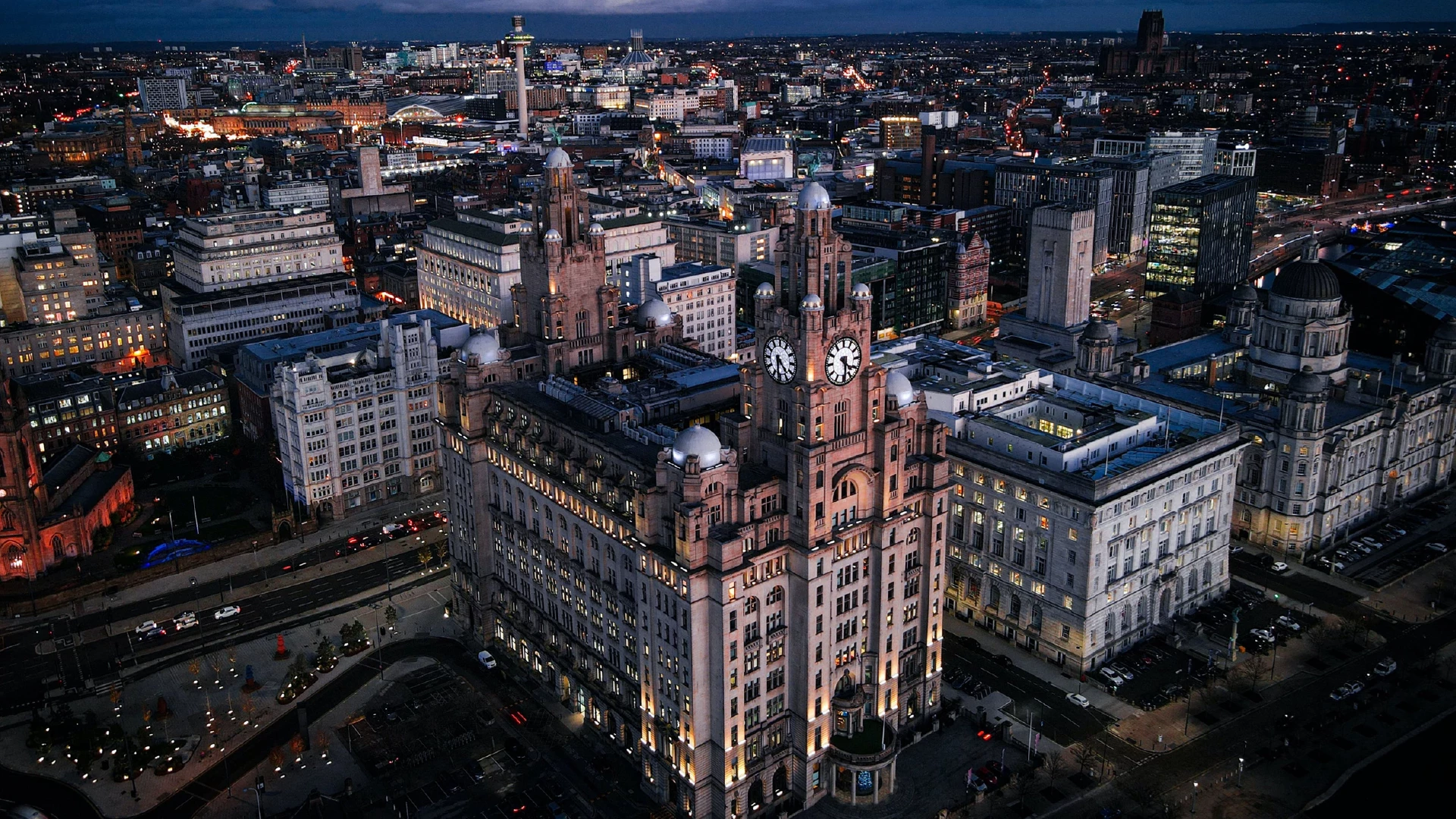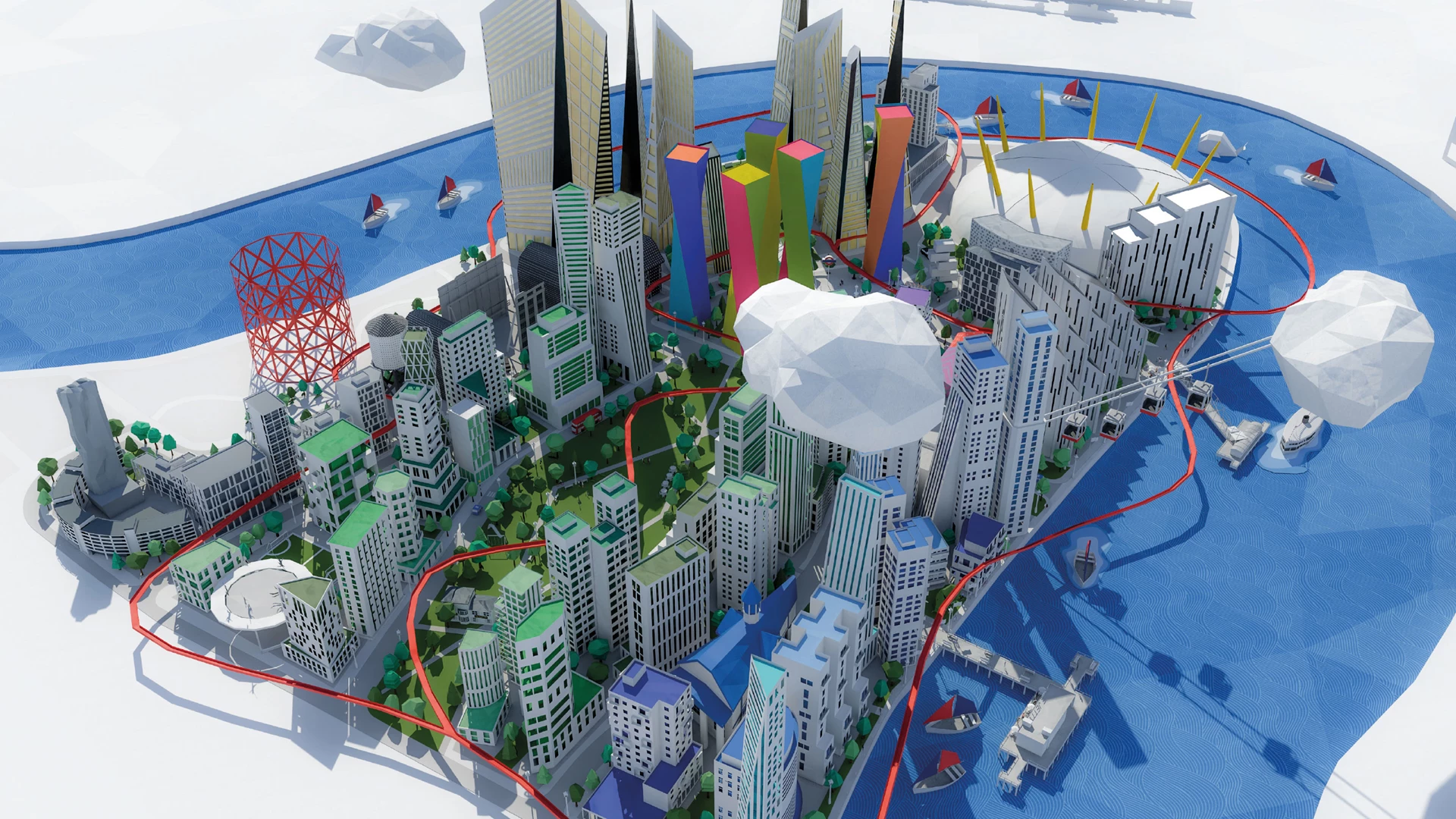PlaceMaker: Find your place brand’s unique characteristics
In this article, we delve deeper into the first principle; finding your unique sequence of characteristics, with examples of our placemaking work for the Lake District World Heritage bid.
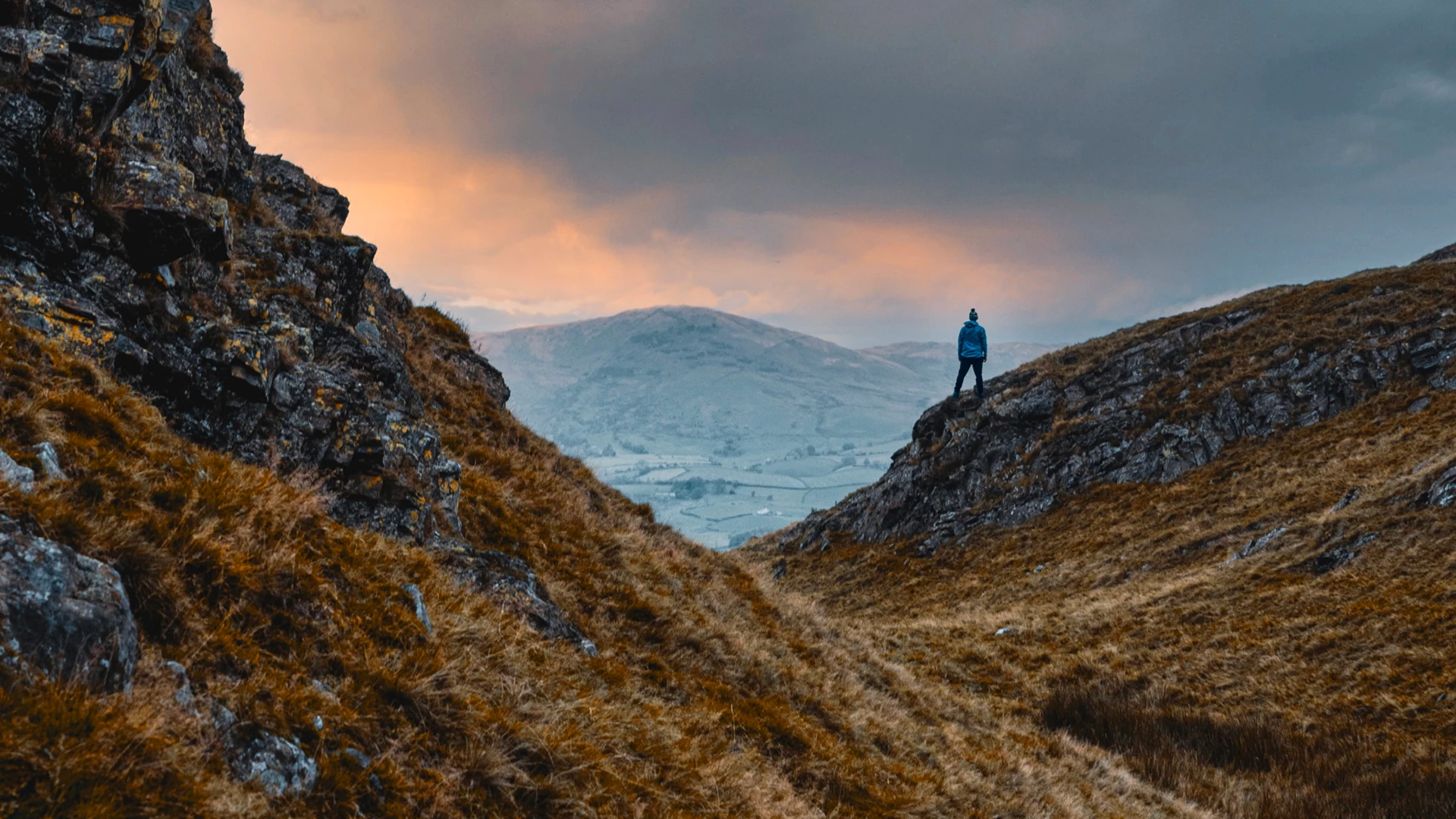
What makes your place brand unique?
Distinctive characteristics can make a place more memorable.
These qualities can encompass physical, cultural, social, and economic attributes which, when combined in a unique sequence, can give people something beyond the ordinary to connect with.
By recognising a place’s strongest characteristics, we can begin to craft a meaningful story that’s rich in authenticity, celebrates differentiation, and offers its future community a true sense of belonging.
To identify the sequence of qualities that contribute to your project’s unique sense of place, consider the list of characteristics below.
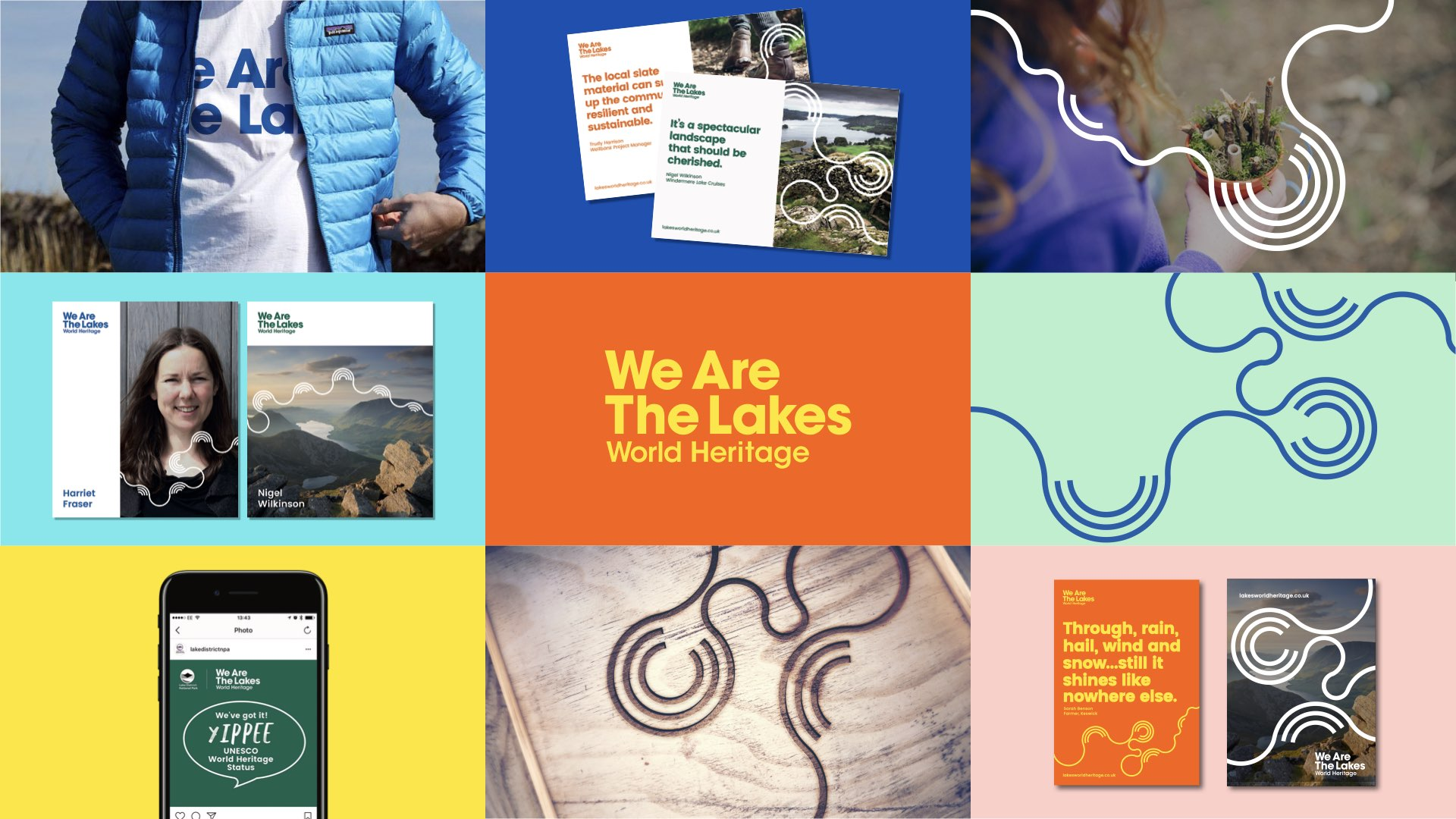
Social fabric
The people who inhabit a place, their lifestyles, values, beliefs, customs, and social interactions shape its social fabric. Community cohesion, diversity, inclusivity, and social dynamics contribute to the unique social identity of a place.
Cultural heritage
Cultural characteristics such as historical sites, monuments, architecture, art, literature, music, cuisine, language, and folklore contribute to a place's identity and uniqueness. Cultural diversity and traditions passed down through generations further enrich a place’s character.
Historical content
The historical context of a place, including its past events, developments, conflicts, and legacies, contributes to its unique identity. Historical landmarks, heritage sites, and cultural narratives preserve and showcase a place’s history.
Economic activities
Economic characteristics such as industries, businesses, markets, employment opportunities, and economic development initiatives influence a place's character. Local economies, entrepreneurship, innovation, and economic inequalities contribute to the distinctiveness of a place.
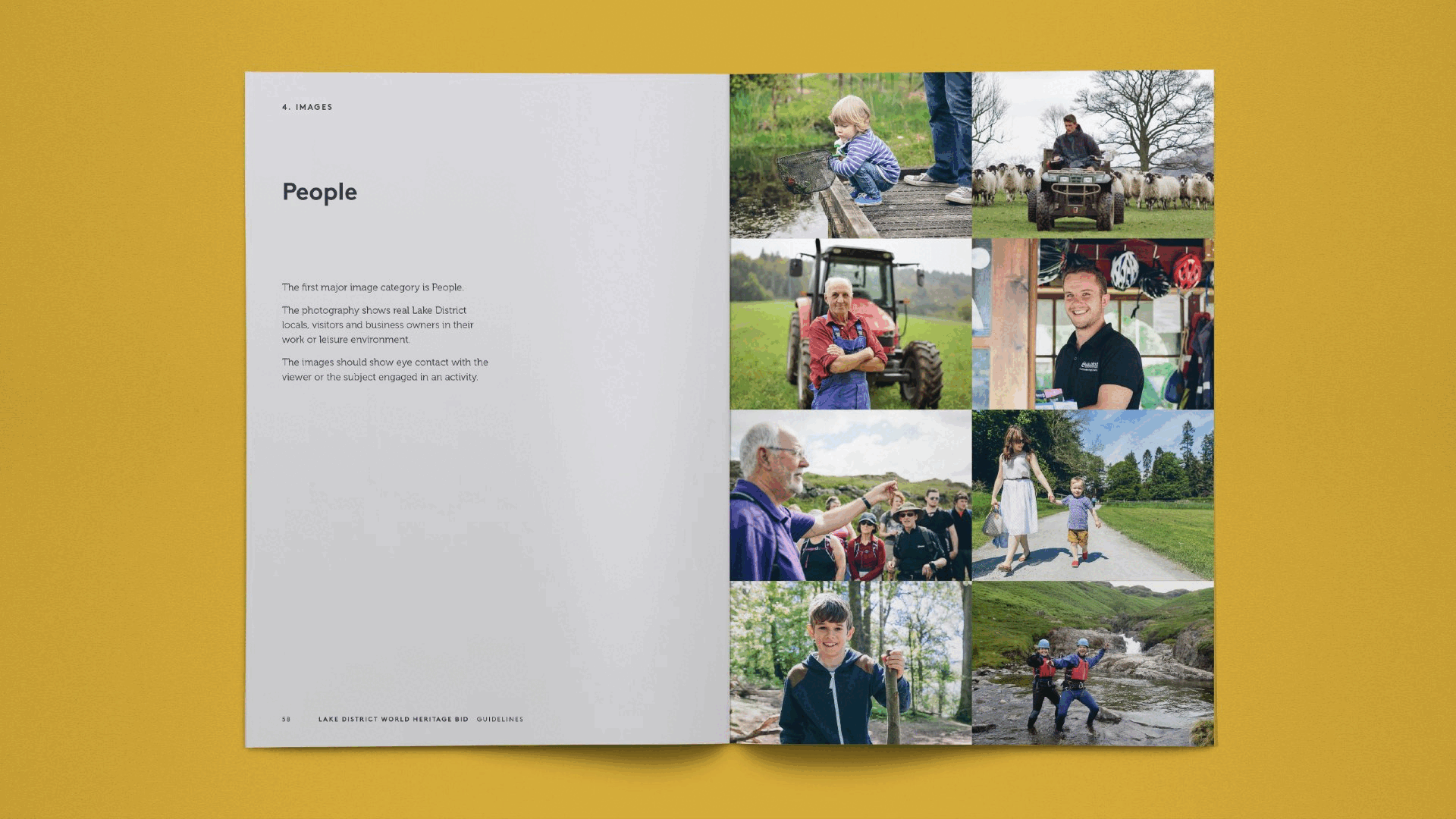
Geographical location
The geographical location of a place, including its climate, topography, proximity to other places, and accessibility, influences its unique characteristics. Geographical factors can shape the environment, lifestyle, and economic activities of a place.
Natural features
Unique geological formations, landscapes, ecosystems, and biodiversity can distinguish a place. This includes mountains, rivers, coastlines, forests, deserts, and other natural landmarks.
Environmental sustainability
Environmental characteristics such as conservation efforts, green spaces, air and water quality, and sustainability initiatives contribute to a place’s liveability and attractiveness. Environmental stewardship and resilience efforts enhance the quality of life and protect natural resources.
Technological advancements
Technological characteristics such as infrastructure, transportation networks, communication systems, digital connectivity, and innovation hubs impact a place’s development and competitiveness. Technological advancements shape the built environment and enable new opportunities and challenges for a place.
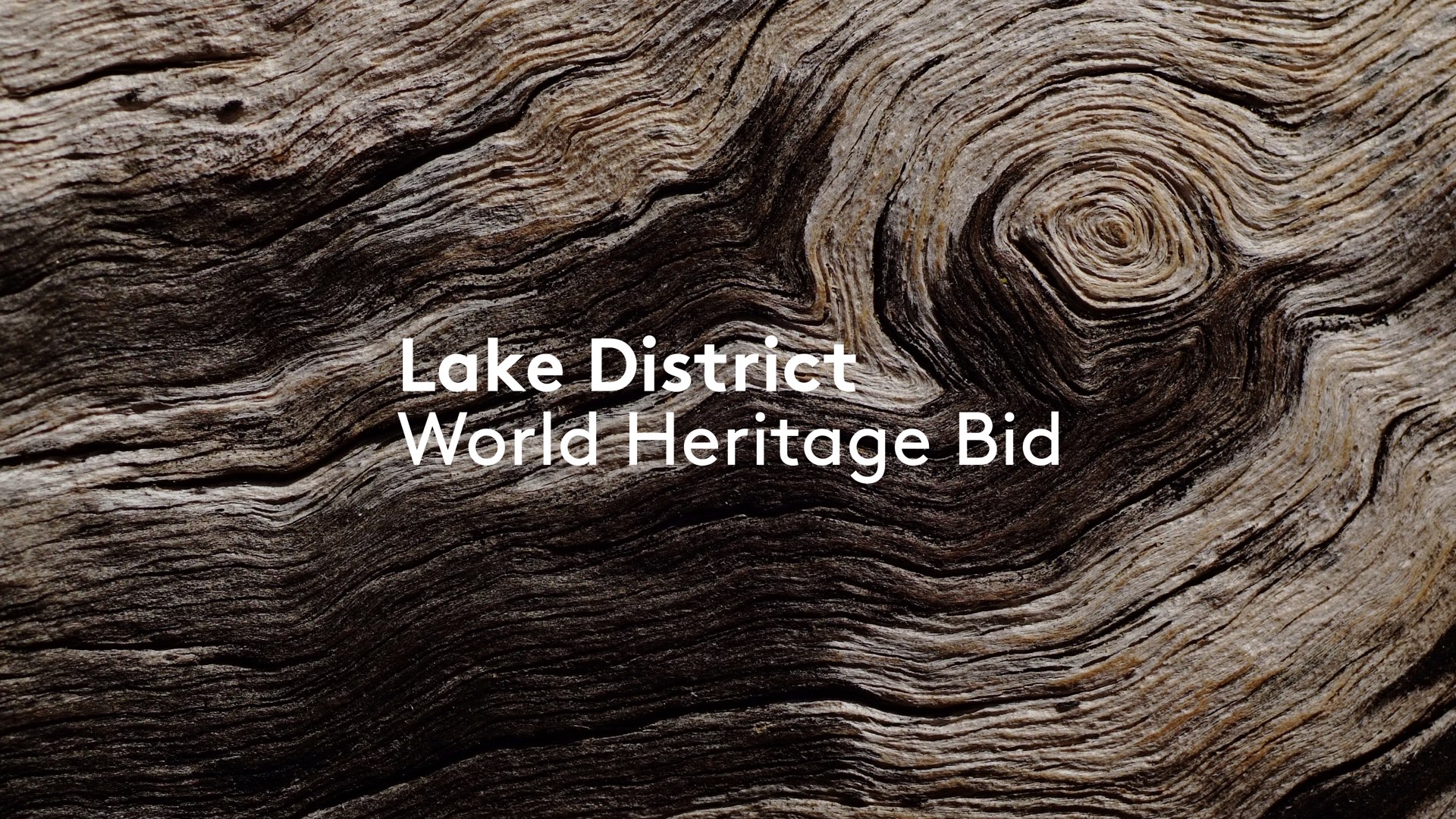
Example: Lake District World Heritage bid
Speaking on discovering a place's unique sequence of characteristics and transforming them into keys to unlock a richer story, Somewhere Associate Director, Scott McCubbin, recalls our work for The Lake District World Heritage bid.
Globally renowned for its undeniably breathtaking landscapes, its geographic location and natural features clearly play a defining role in its story.
But what made this project so successful was its geography combined with the social fabric of its community – in particularly, how the landscape is captured through the eyes of its people.
Scott said: “The Lake District was targeting UNESCO World Heritage status for a third (and final) time after two failed bids.
“To understand the place, we engaged local people, uncovering the authentic character of the area – winning hearts and minds.
“It informed a series of compelling stories positioning the park as an ‘evolving masterpiece’, which was grounded in its sense of place.
“Crucial to its success was an online hub populated entirely by user-generated content – putting power in the hands of the people, and allowing UNESCO to see first-hand the cross-section of support for the bid.
“In 2017, the Lakes won its bid, with the campaign reaching 6m people, receiving +320 articles.”
To learn more, to book a session to discuss your placemaking brand with our team, or to receive your copy of our downloadable PlaceMaker guide, email our Associate Director, Scott McCubbin via scott.mccubbin@wearesomewhere.net

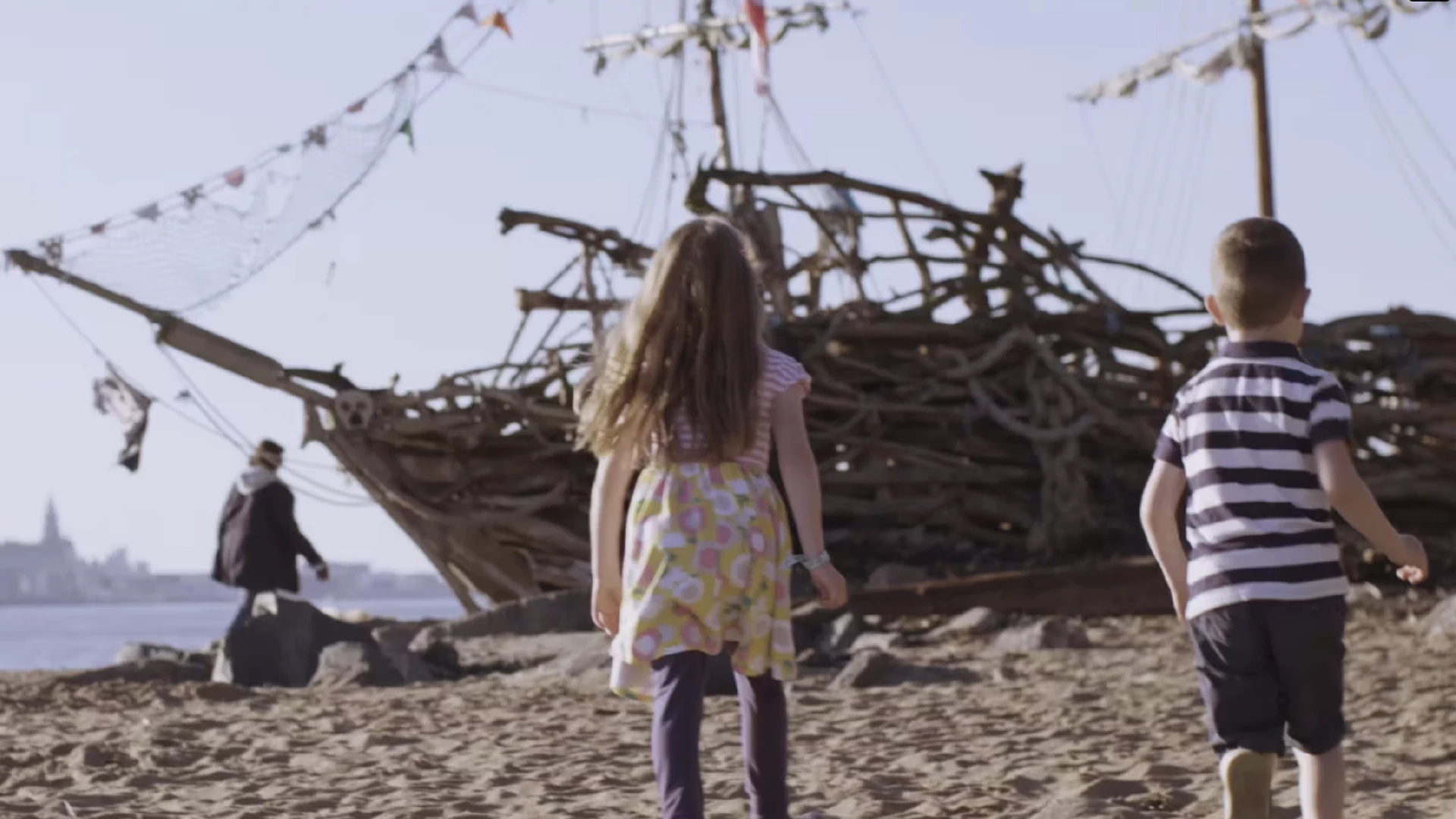



.webp)




